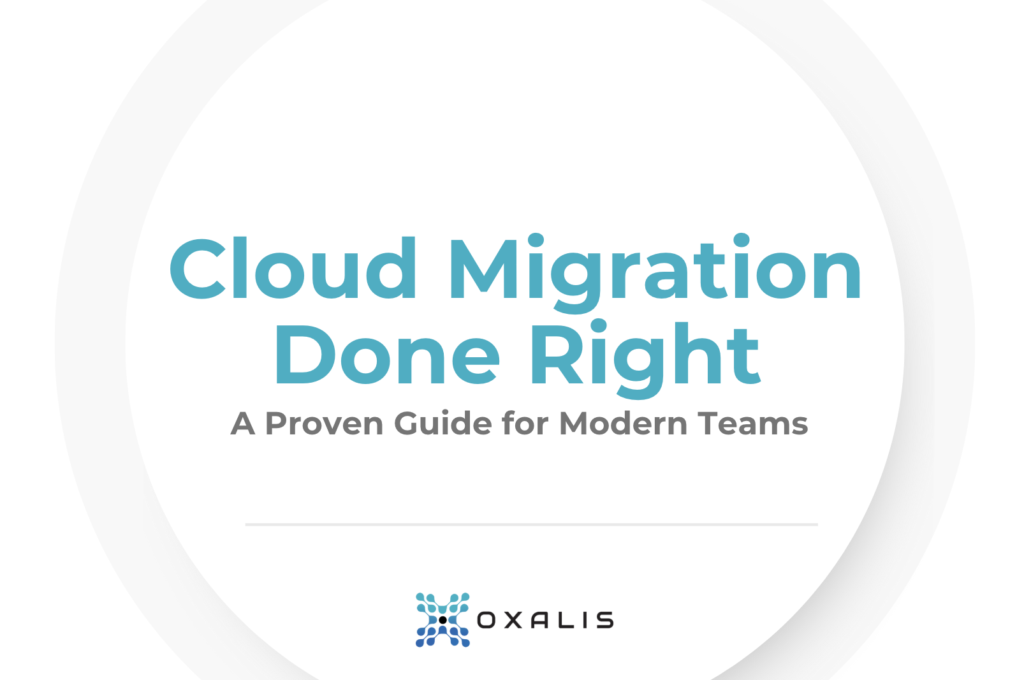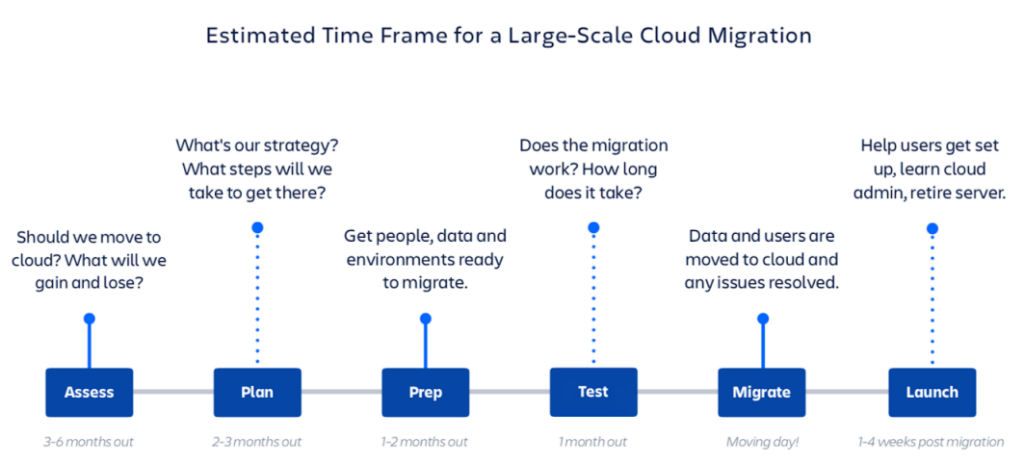In today’s fast-paced digital world, the benefits of cloud computing are undeniable. But is Atlassian Cloud the right move for your organization? If you’re weighing the pros and cons of migrating your Atlassian tools, this comprehensive guide is for you. We’ll explore the compelling reasons why now is the perfect time to embrace Atlassian Cloud, the hidden costs of staying on-premises, and how partnering with a cloud migration expert like Oxalis can make your transition seamless and successful.
Whether you’re looking to boost efficiency, enhance security, or streamline collaboration, Atlassian Cloud offers a wealth of advantages that can transform your organization. Let’s delve into why moving to the cloud is more than just a trend – it’s a strategic decision that can unlock your team’s full potential.
Rethinking ROI: It’s Not Just About Cost
When contemplating the cloud, many organizations fixate on the initial price tag. But that’s just one piece of the puzzle.The real question is: what’s the long-term return on your investment?
On-premise solutions might seem cheaper upfront, but they come with hidden costs that can drain your resources over time. Think endless maintenance, upgrades, security patches, and the valuable time your IT team spends on these tasks instead of driving innovation.
Atlassian Cloud, on the other hand, offers a compelling value proposition that goes beyond the sticker price:
Elevate Your IT Team’s Impact:

Accelerate Productivity and Collaboration:
Prioritize Security and Compliance:
The Future is in the Cloud: Why Wait?
Gartner predicts that by 2025, 80% of enterprises will have migrated entirely away from on-premises data centers. The cloud is not just a trend; it’s a fundamental shift in how businesses operate. Don’t get left behind.
Whether you’re a growing startup or an established enterprise, Atlassian Cloud offers the flexibility, scalability, and security you need to thrive in the digital age.
Partner with Oxalis: Your Cloud Migration Experts
Migrating to the cloud doesn’t have to be daunting. Oxalis, your trusted Atlassian Platinum Solution Partner, can guide you through every step of the process, ensuring a smooth and successful transition.
Our team of experts will assess your unique needs, develop a tailored migration plan, and provide ongoing support to ensure you get the most out of your Atlassian Cloud experience.
Ready to unlock the full potential of your Atlassian tools and embrace the future of work?
Contact Oxalis today and let us help you embark on your cloud journey.

Oxalis’ Proven Methodology: Your Atlassian Cloud Migration, Simplified
As your trusted Atlassian Cloud Migration advisors, we’ve distilled our extensive experience into a step-by-step eBook. Whether you’re transitioning from Server or Data Center, this guide covers every aspect of your journey.
Your Roadmap to the Atlassian Cloud: A Guided Journey

While the advantages of moving to Atlassian Cloud are undeniable, the migration process itself can seem like a daunting task. Let’s break it down into manageable phases, making your journey smoother and more predictable:
Pre-Migration: Laying the Foundation for Success
- Assess: Before you take the first step, evaluate your current setup and determine if Atlassian Cloud is the right fit for your organization. This is the time to analyze your existing tools, processes, and data, as well as assemble your migration team.
- Plan: With a clear destination in mind, it’s time to map out the technical and operational aspects of your migration. This includes choosing the right migration strategy and creating a detailed project plan and timeline. Oxalis, as your Atlassian Solution Partner, can provide a comprehensive audit and recommend the best approach for your specific needs.
- Prepare: Get your teams, data, and environments ready for the big move. This might involve upgrading your on-premises products, cleaning up data, and preparing your users for the transition to the cloud.
During Migration: Smooth Sailing with Expert Support
- Test: Before going live, conduct thorough testing to ensure a seamless migration. This crucial step helps you identify potential issues, refine your plan, and create a production migration checklist. Our team at Oxalis can provide the support you need for both basic and complex enterprise-level migrations.
- Migrate: Once you’ve completed testing, schedule your migration for a time that minimizes disruption to your team’s work. With our expert guidance, you can confidently execute the migration, knowing that your data and applications are in safe hands.
Post-Migration: Thrive in Your New Cloud Environment
- Launch: Welcome your team to the Atlassian Cloud! We’ll help you set up and configure your cloud sites, provide training resources, and ensure a smooth onboarding experience for everyone.
Which Atlassian Cloud Tools Are Right For You?

Jira Work Management: Empower your business teams with intuitive project management tools designed to streamline processes and enhance collaboration.
Jira Software: Unleash your development team’s potential with agile project management, powerful issue tracking, and seamless integrations.
Jira Service Management: Deliver exceptional IT service experiences with efficient ticketing, automation, and collaboration tools.
Confluence: Create a centralized knowledge hub, foster team collaboration, and streamline communication with this versatile platform.
Oxalis: Your Trusted Partner for a Seamless Cloud Journey
Migrating to the Atlassian Cloud is a significant step for your organization. Let Oxalis be your trusted guide, providing the expertise and support you need to navigate this transition with confidence. We’ll help you unlock the full potential of the Atlassian Cloud and empower your teams to achieve their best work.
Ready to take the next step? Contact Oxalis today to start your Atlassian Cloud migration journey.





